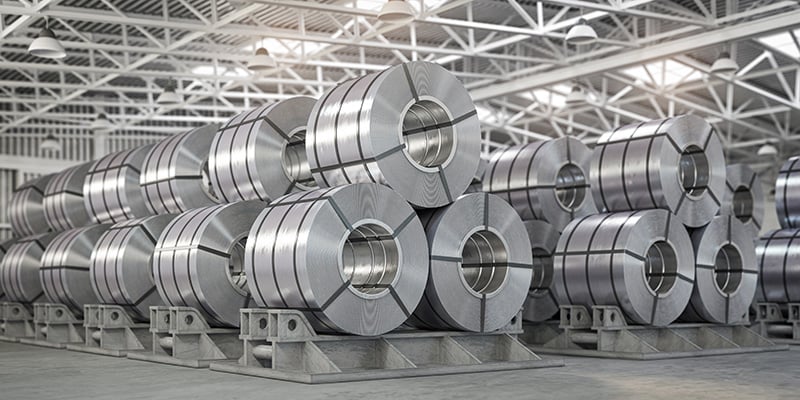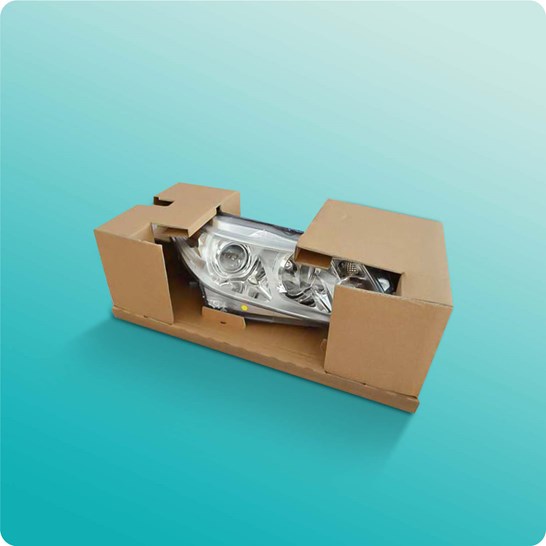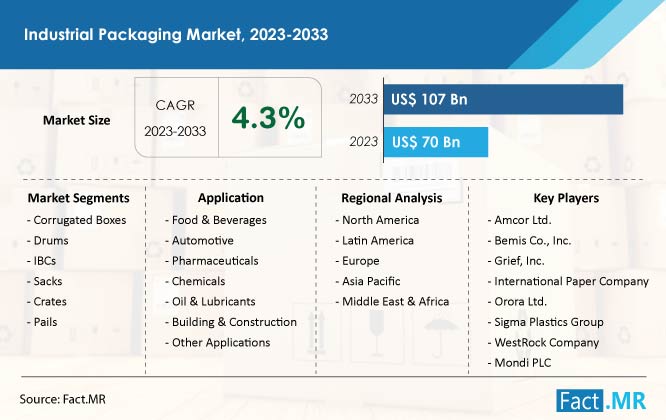Metallic May: Industrial Metal Packaging Solutions Redefined
Metallic May: Industrial Metal Packaging Solutions Redefined
Blog Article
Reliable Industrial Recycling Solutions for Lasting Product Packaging: A Comprehensive Guide
That's where this comprehensive overview on effective commercial recycling options for sustainable product packaging comes in. By checking out key locations such as packaging material option, developing for recyclability, implementing reusing facilities, working together with recycling companions, and monitoring and measuring reusing success, this guide will equip you with the expertise and tools essential to make educated decisions and drive favorable change within your organization. Whether you're a product packaging expert, sustainability supervisor, or simply interested in the subject, this guide will certainly supply important insights and approaches to aid you browse the globe of lasting product packaging.
Packaging Product Option
The selection of product packaging products plays a crucial function in guaranteeing the sustainability of commercial reusing solutions. When it pertains to lasting product packaging, the option of products is essential in minimizing ecological influence and maximizing reusing performance. Picking the best materials can aid decrease waste generation, save resources, and promote a circular economic situation.
Products like cardboard, paper, glass, and particular types of plastics can be reused several times without shedding their quality. On the other hand, products that are tough to recycle, such as non-recyclable compounds or blended plastics, can produce difficulties for the recycling procedure and might finish up in burners or garbage dumps.
Another consideration is the usage of biodegradable and sustainable products. Product packaging made from eco-friendly resources, such as plant-based plastics or biopolymers, can help in reducing reliance on fossil gas and reduce environment modification. In addition, naturally degradable materials damage down normally gradually, reducing the buildup of waste in landfills.
In addition, the weight and volume of packaging products need to be reduced to minimize transportation prices and power usage. Lightweight materials not only call for fewer sources during manufacturing yet likewise add to decrease carbon exhausts during transportation.
Designing for Recyclability
Packaging designers must prioritize the use of materials that are extensively approved for reusing and have established recycling frameworks. Materials such as glass, aluminum, and certain kinds of plastic, like Pet dog and HDPE, are generally reused and should be preferred over materials that are pricey or hard to reuse.
Another important consideration in making for recyclability is the removal of unnecessary parts or products. By decreasing the number of layers, layers, and extra components, packaging can be made less complex and much easier to recycle. In addition, developers should intend to minimize the use of mixed products, as they can complicate the recycling process.

Implementing Recycling Facilities
Effective implementation of recycling infrastructure is vital for the success of industrial reusing options. Without proper framework in position, the recycling process ends up being inefficient and inefficient, impeding the general objective of lasting packaging.
To implement recycling infrastructure properly, numerous essential variables need to be taken into consideration. There must be a well-organized collection system that promotes the splitting up and collection of recyclable materials. This can include marked recycling bins in public spaces, along with collaborations with waste management business for curbside pickup and sorting.
When accumulated, the recyclable products require to be carried to reusing centers in a timely manner. This calls for effective logistics and transportation networks, ensuring that the products reach the ideal facilities without delay.
At the reusing centers, progressed sorting and handling technologies ought to be in location to divide different types of products successfully. This consists of using automated arranging makers, optical scanners, and hand-operated sorting techniques.
In addition, there should be a durable market demand for recycled products. This can be accomplished through cooperations with manufacturers and industries that make use of recycled products in their production procedures. Creating a secure market for recycled products incentivizes the recycling market and promotes the circular economy.
Working Together With Recycling Allies

One secret element of teaming up with reusing partners is the establishment of clear interaction networks. It is very important to develop open lines of communication to assist in the exchange of info, updates, and responses. This allows both events to remain informed regarding the progression of recycling campaigns and address any type of obstacles or concerns that might occur.
Furthermore, collaboration can include collaborations in implementing and developing recycling programs. Recycling companions can provide useful insights and assistance in creating reliable collection systems and establishing the most suitable recycling innovations. By collaborating, services and recycling partners can optimize the recycling procedure and decrease waste.
Additionally, partnership can extend past the operational facets of recycling. It can additionally incorporate advocacy and education and learning campaigns. By signing up with pressures, companies and reusing companions can elevate recognition about the value of recycling and advertise the fostering of sustainable packaging techniques among customers and other stakeholders.
Monitoring and Measuring Recycling Success
To guarantee the effectiveness of industrial recycling solutions and the achievement of sustainable product packaging objectives, it is crucial for services and their reusing partners to establish check these guys out a thorough system for tracking and gauging reusing success (industrial metal packaging). Gauging and tracking reusing success enables services to assess the effect of their reusing efforts, determine areas for renovation, and set purposeful targets for future development
One method to track reusing success is through using information collection and evaluation tools. By gathering data on the amount of product packaging waste created, the percentage of waste that is reused, and the types of products being reused, services can get beneficial understandings into their reusing efficiency. This data can after that be evaluated to recognize fads, patterns, and locations of inefficiency.
An additional crucial aspect of monitoring and gauging reusing success is developing clear and standardized metrics. This enables services to compare their efficiency versus market standards and track their progression in time. Metrics such as recycling rates, waste diversion rates, and greenhouse gas discharges can provide a measurable action of a service's reusing success.

Conclusion
In conclusion, executing efficient commercial recycling options for lasting product packaging needs mindful factor to consider of packaging product choice, designing for recyclability, implementing reusing facilities, collaborating with reusing partners, and tracking and gauging recycling success. By including these methods, companies can add to an extra environmentally-friendly and lasting technique to packaging, reducing waste and advertising the circular economic situation.
By discovering crucial areas such as packaging material option, making for recyclability, implementing recycling facilities, working together with reusing partners, and monitoring and gauging recycling success, this guide will certainly furnish you with the expertise and devices necessary to make enlightened decisions and drive favorable adjustment within your company. Product packaging designers should focus on the use of materials that are extensively accepted for reusing and have developed reusing facilities.Collaboration with reusing partners is vital for the successful execution of commercial recycling services and the achievement of lasting packaging objectives. By joining pressures, companies and reusing partners can elevate recognition regarding the importance of reusing and advertise the adoption of lasting product packaging practices among consumers and other stakeholders.
By click here for more info gathering information on the quantity of packaging waste produced, the portion of waste that is reused, and the kinds of products being recycled, businesses can obtain important insights into their reusing performance.
Report this page